Part 1: Turtle Geometry (answers)
(a) The radius of a circle is 57.2.
(b) The equation to find the radius is R = distance/angle. (R = 360/2π)
(c) The simple-closed-path theorem says that the total of the exterior angles is 360. +360 degrees or -360 degrees (360 degrees to the left of the right). For ex: a triangle: (180 – A) + (180 – B) + (180 – C) = 360. (A, B and C being the interior angles). Overall, any simple closed path rotation number is -1 or +1.
Part 2- L-Systems
When selecting the plants I designed in the L-systems, I wanted to present different levels of difficulty when implementing the rules (A being the easiest while C is the most challenging with two overlapping rules). Each plant is structurally different as Figures A and B are both an overall view while Figure C is more of a micro-level view as it is part of a pine tree. A challenge I faced was creating a pine tree. One of my initial plans was to make a rule that presented the tree in a presentable fashion. After changing around in the code and trying different angles, scaling, and rules, I created a pine cone instead of a pine tree. Furthermore, I decided to beautify it further to create a small segment that was part of the pine tree- a pine cone. As for the structure, I used two rules together to create specific movements that made an overlapping shape. I did this by introducing the symbol Y and making it the axiom. The rule is shown within the zip file. The other challenge I faced was finding the right number of iterations based on the scaling factor. Not all scales match that number of iterations to present a plant outcome. So matching that was a new experience.
While selecting the plant for Figure A, I wanted to share my skills in creating not only leaves but also flowers by using the ellipse() function and adjusting the width and height to meet the structure of leaves and flowers. The overall structure of the tree was presented in Figure A with how the branches branched out. As for Figure B, I used larger ellipses to create the mini circles that are seen in the cactus.
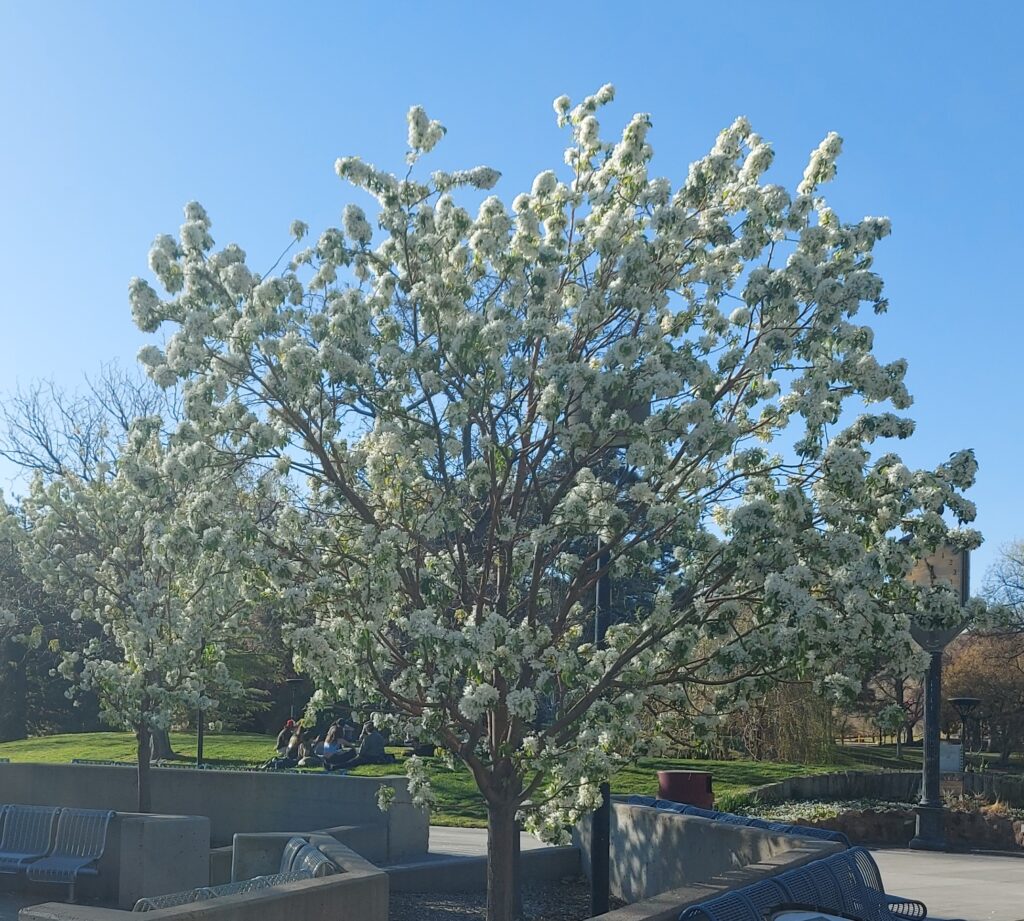
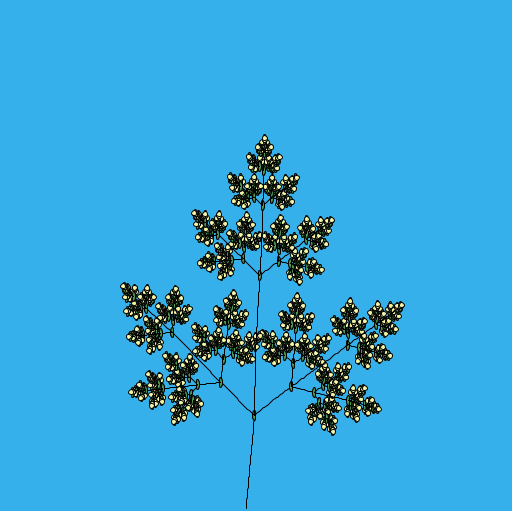
Figure A: Tree with flowers: taken by the duck pond at UNM.
String [][] rules = {{“F”,”FF”},
{“X”,”F[+X][-X]FX”},
{“+”,”+”,},
{“-“,”-“},
{“[“,”[“},
{“]”,”]”}};
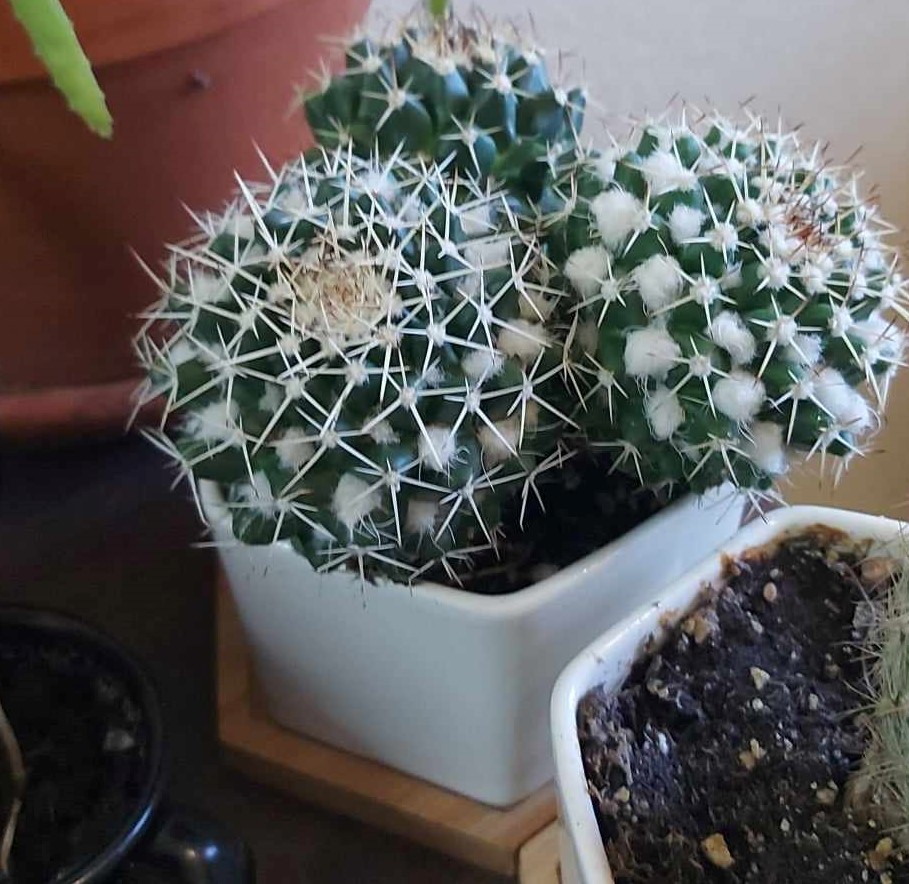
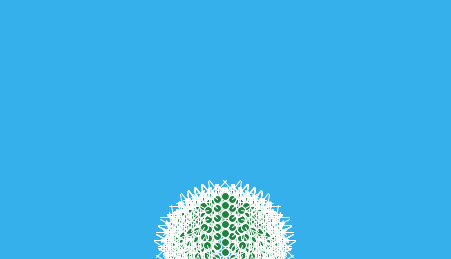
Figure B: Cactus: This cactus was one of my first cacti. It has thick, sharp spikes.
String [][] rules = {{“F”,”F”},
{“X”,”[+FXF][-FXF][FX]”},
{“+”,”+”},
{“-“,”-“},
{“[“,”[“},
{“]”,”]”}};
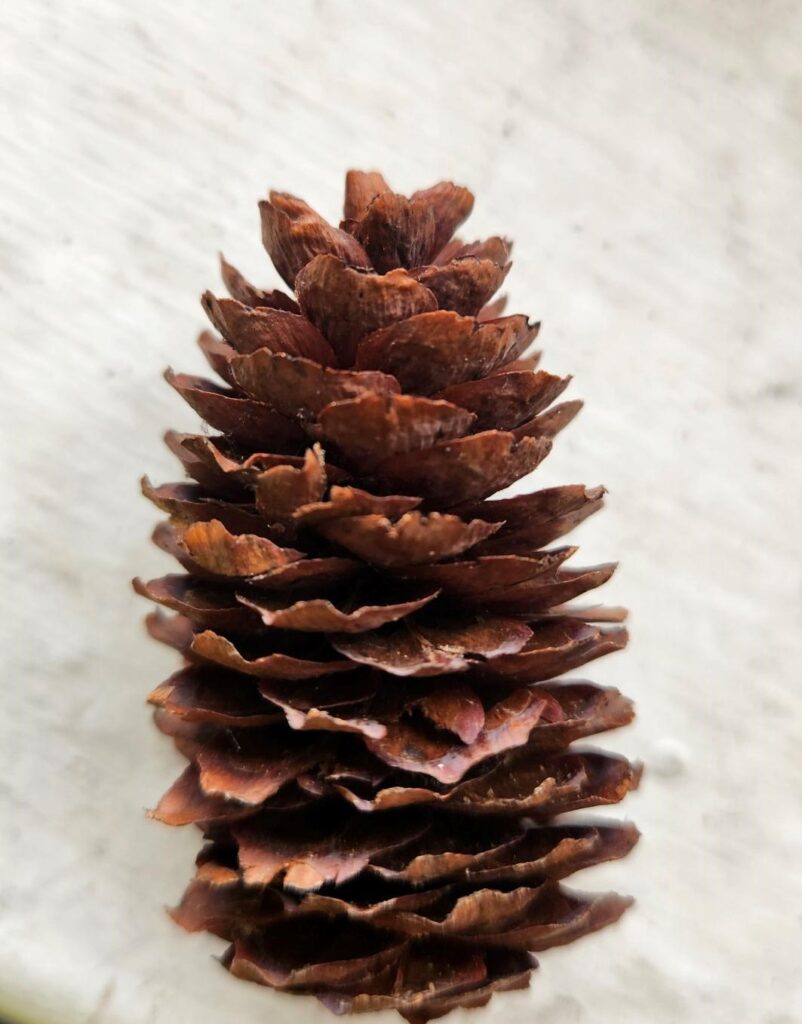
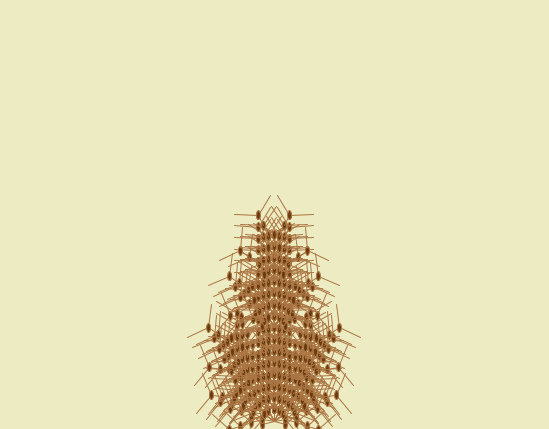
Figure C: Pine Cone Plant: One of the many pine cones that I collect after going on trail walks.
String [][] rules = {{“X”,”FX[+FFF][-FFF]X”},
{“Y”,”[-Y][+Y]XFY”},
{“+”,”+”},
{“-“,”-“},
{“[“,”[“},
{“]”,”]”}};
Please note that to view the code of each designated plant, the figure letter will be between parenthesis.
URL^ : https://handandmachine.org/classes/computational_fabrication/wp-content/uploads/2023/09/RaneemRamadanLA1-3.zip
Fabrication Process and Final Prints
The fabrication process was unique because I had to learn to use a material (waterslide decal) that I had not used before. After following the instructions and using the acrylic sealer to create my final product I noticed that I needed to use a light colored mug to present my artwork clearly. I attempted to use a dark mug, but it didn’t show that much. So I switched to a white mug and that showed the plants nicely.
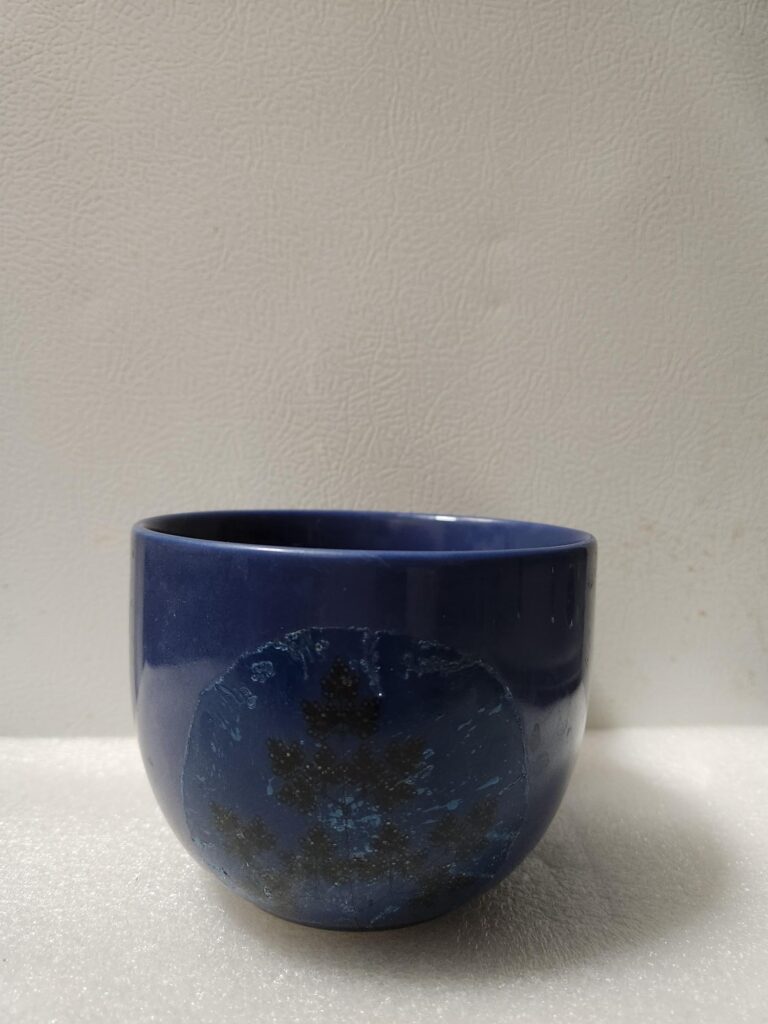
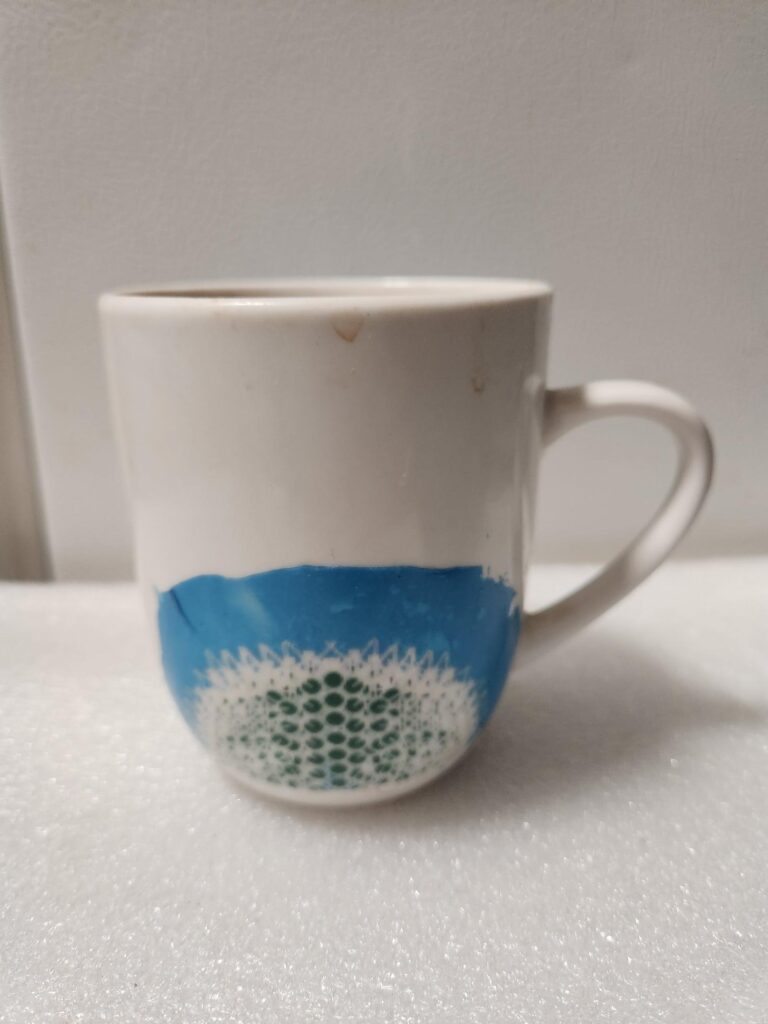
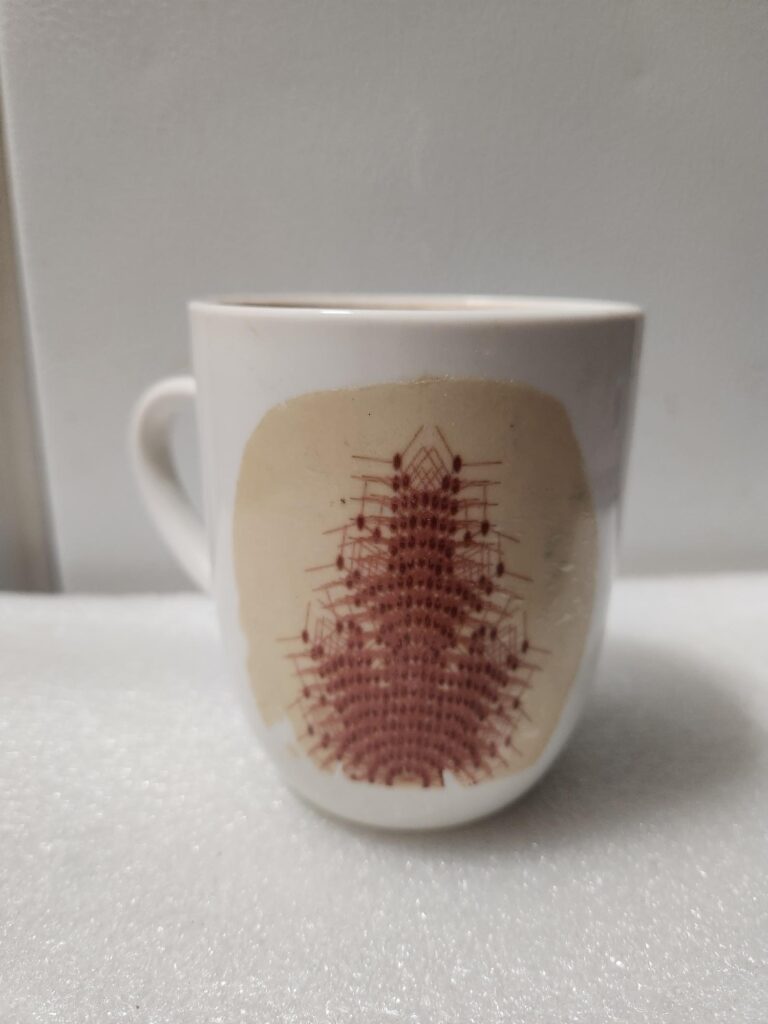
Overall I am satisfied with the outcomes of this project and will use it in the future to design objects such as mugs, key chains, etc. After all, I love plants and have plants of my own at home!
Hello Raneem,
I like your “Cactus”! The cactus you drew looks exactly like the real one. I can recongized it without any explanation. Beautiful~
Jingbo
Hi Raneem, I also love the way your cactus came out! To me, tying to do a cactus would’ve been really tough, great work!
Hi Raneem, you did such a wonderful job with your L Systems project. I love both your cactus and your pinecone! Such an intricate designs, yet you executed both wonderfully! Well done! I am curious to see your code how you implemented the cactus in particular. Thank you for sharing your talent!